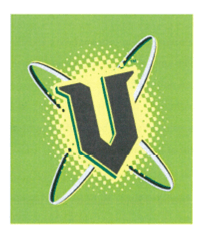Coke has scored a big victory over Frucor in its battle over the colour green. Justice Yates handed down his decision in the appeal between Frucor Beverages Limited and The Coca-Cola Company on Monday. Frucor had sought to register a particular shade of the colour green as a trade mark in relation to energy drinks. Coke had opposed the application and had succeeded in its arguments before the Registrar of Trade Marks.
Frucor appealed the Registrar’s decision and the appeal was heard last year. Coke argued that Frucor had not demonstrated that the colour green used on the V brand Energy drinks had operated as a trade mark. It was telling that Frucor sold other variants of its energy drinks in different coloured packages. Its lemon “V” energy drink was, for example, sold in a yellow container not a green one. Justice Yates agreed.
The Court was also of the view that consumers would see the “V” brand as the trade mark and would associate green with the core product in the “V” offering, but would not see the colour as a trade mark. The survey evidence presented by Frucor did not assist matters, as Justice Yates did not consider that the questions were directed at the crucial issue of whether consumers saw the colour as an indication of trade origin.
To make matters worse for Frucor, the application when filed did not include a swatch having the correct colour green. There was disconformity between the Pantone number mentioned on the application and the actual representation attached to the application. The Court found that this disconformity was fatal. Frucor couldn’t establish that the mark was distinctive when it was not clear what shade of green was the subject of the application. Frucor attempted to amend its application to correct this error, but Justice Yates found that correction of a mistake was a matter for the Registrar, and in any event, amendment of this type was now precluded because of the delay. Frucor can appeal this decision to the Full Court, but only with leave.
Whilst the Trade Marks Act was amended in 1995 to allow colours to be registered as trade marks, this is another example of the difficulties inherent in showing that a colour truly operates to indicate trade origin.


